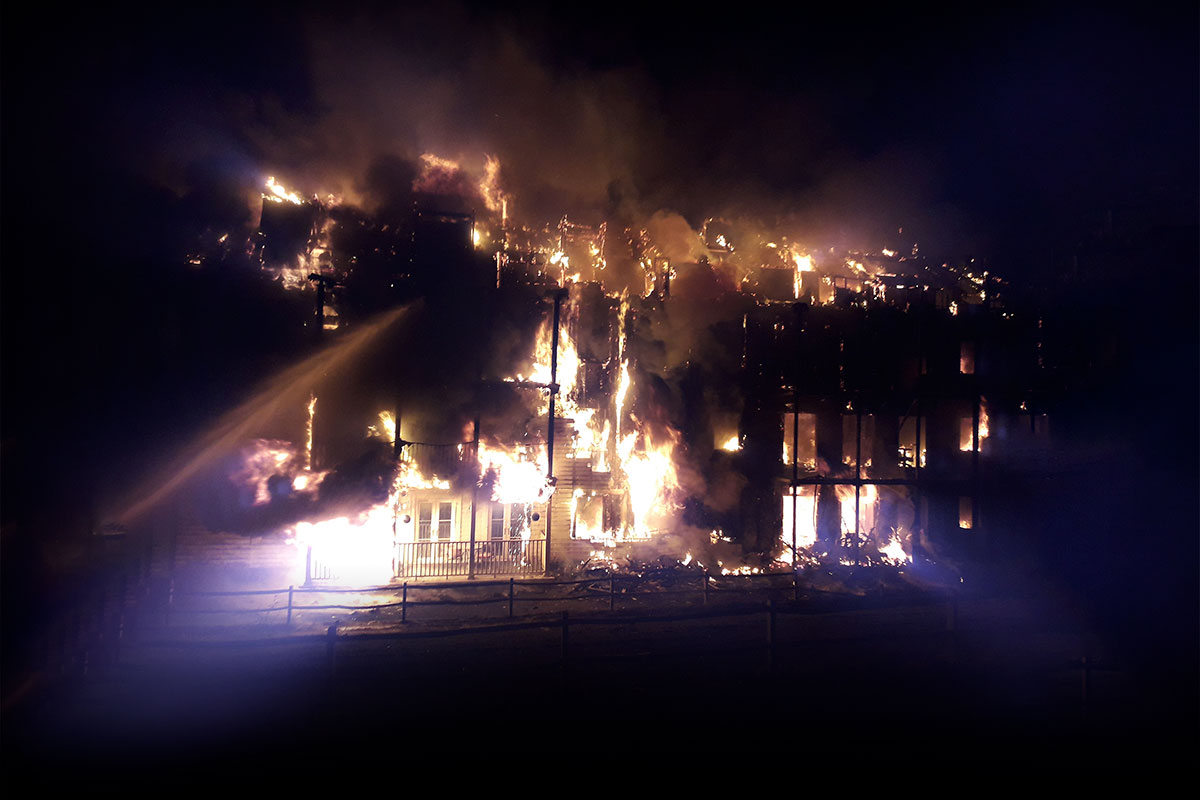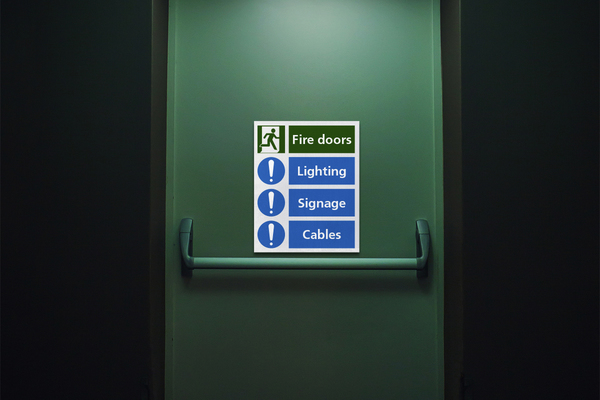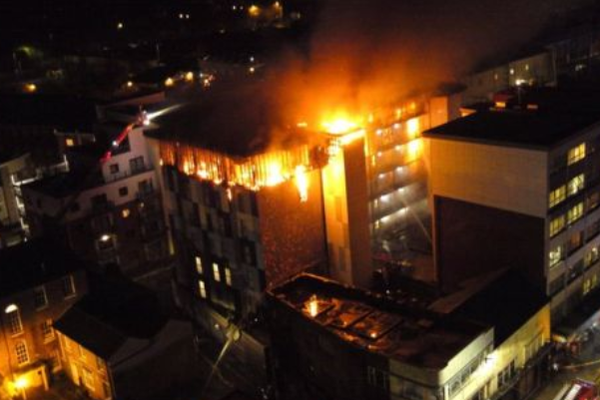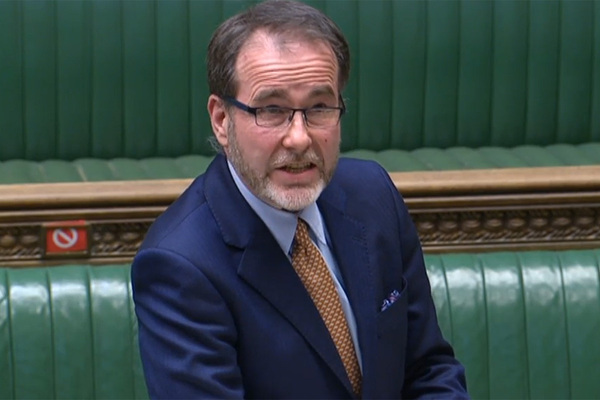You are viewing 1 of your 1 free articles
Experts question government’s focus on buildings above 18m for cladding funding
Fire safety experts – including the former premier of Victoria, Australia – have warned that the UK government must go beyond a binary focus on blocks taller than 18m if it is to truly prioritise dangerous buildings by risk.
In the House of Commons last week, housing secretary Robert Jenrick repeatedly claimed that the government was “following expert advice” by prioritising funding for repairing fire safety defects to buildings taller than 18m.
But this appears to contradict a statement he made in January last year, when he said a reliance “on crude height limits with binary consequences… does not reflect the complexity of the challenge at hand”.
Inside Housing has also seen a recording of Brian Martin, a key civil servant responsible for fire safety guidance, telling an audience of fire engineers that 18m was being used as the line for the post-Grenfell combustibles ban because the government “haven’t got time to come up with a better number”.
Mr Martin told the International Institute of Fire Engineers conference in 2018 that the number had emerged due to beliefs about the length of fire fighters ladders and “other ridiculous things”.
“We’re sticking with 18m because we haven’t got time to come up with a better number. That’s the honest answer,” he said.
The government claims to have based the opinion on “longstanding expert advice on which buildings are at the highest risk” and also claims that statistics show four times as many deaths and serious casualties in buildings between 18m and 30m compared to apartment buildings in general.
A government consultation on ‘risk prioritisation in existing buildings’ opened with a call for evidence in January last year, but no response has yet been published.
Ted Baillieu, the former premier of Victoria, Australia, who jointly led an effort to identify cladding materials and risk-rank all buildings above two storeys in the state, said he was “unaware of any advice” that the sole focus should be a height threshold.
“In Victoria, all residential buildings over two storeys were included and risk-rated. Funding for cladding removal is then available for all such buildings read as high or extreme risk, regardless of height above two storeys. We were unaware of any advice that suggested such high or extreme risk ratings were cured by any height thresholds,” he told Inside Housing.
Government advice notes do require the remediation of buildings below 18m, but there is no funding available, with a new programme of leaseholder loans set to be launched in a bid to ease the cost burden.
Mr Jenrick said this was based on the “clear advice” of the Ministry of Housing, Communities and Local Government’s independent expert advisory panel that risk increases substantially above this height threshold.
This expert panel is chaired by retired firefighter and long-time government advisor Sir Ken Knight, assisted by Roy Wilshere, another former firefighter who currently chairs the National Fire Chiefs Council, and fire engineering Professor Colin Bailey of Queen Mary’s University London.
There have been several serious fires in buildings below 18m since the Grenfell Tower blaze – most notably the fires at Barking Riverside in east London, Worcester Park in south-west London and the Cube in Bolton, all in 2019.
All three were very nearly fatal and wholly or partly destroyed the buildings involved. Richmond House, the building involved in the Worcester Park fire, was only 9m tall.
John Powell, managing director of Frankham Risk Management Services, told Inside Housing: “For the expert panel to turn round and say the overwhelming risk is above 18m is wrong; the building will burn irrespective of the height.
“I do have some support for the fact that it should be a risk-based approach, but we should be objectively looking at and taking a view as to the risk in each building, and that’s irrespective of height.”
He said factors such as the occupancy of the building, the number of fire escapes and the nature and extent of combustible materials on the walls could contribute to this assessment.
Frances Maria Peacock, a chartered architectural technologist and fire engineer, said: “I don’t think the risk is confined to buildings of above 18m. If you’ve got these materials on the walls, you’re still going to get a fire that spreads very rapidly; you’re still going to have poisonous smoke.
“You’ve got to be asking questions like whether they’ve got cladding that covers a substantial proportion of the facade, the number of people, and how you would evacuate them. There are other ways of looking at it, but simply saying ‘buildings over 18m tall are more risky’ is not good enough.”
An MHCLG spokesperson said: “It’s right we’re taking a proportionate risk to fire safety – this is based on longstanding expert advice and evidence which shows cladding is a higher risk and can act as a fire accelerant.
“All blocks of flats, regardless of height, should have an up-to-date fire risk assessment which considers risks and the actions that building owners should take to mitigate or fix them.”
Sign up for our fire safety newsletter
Already have an account? Click here to manage your newsletters
Sign up for our Retrofit Challenge Virtual Summit
If topics such as those mentioned in the above article are of interest to you, register for our Retrofit Challenge Virtual Summit here.















